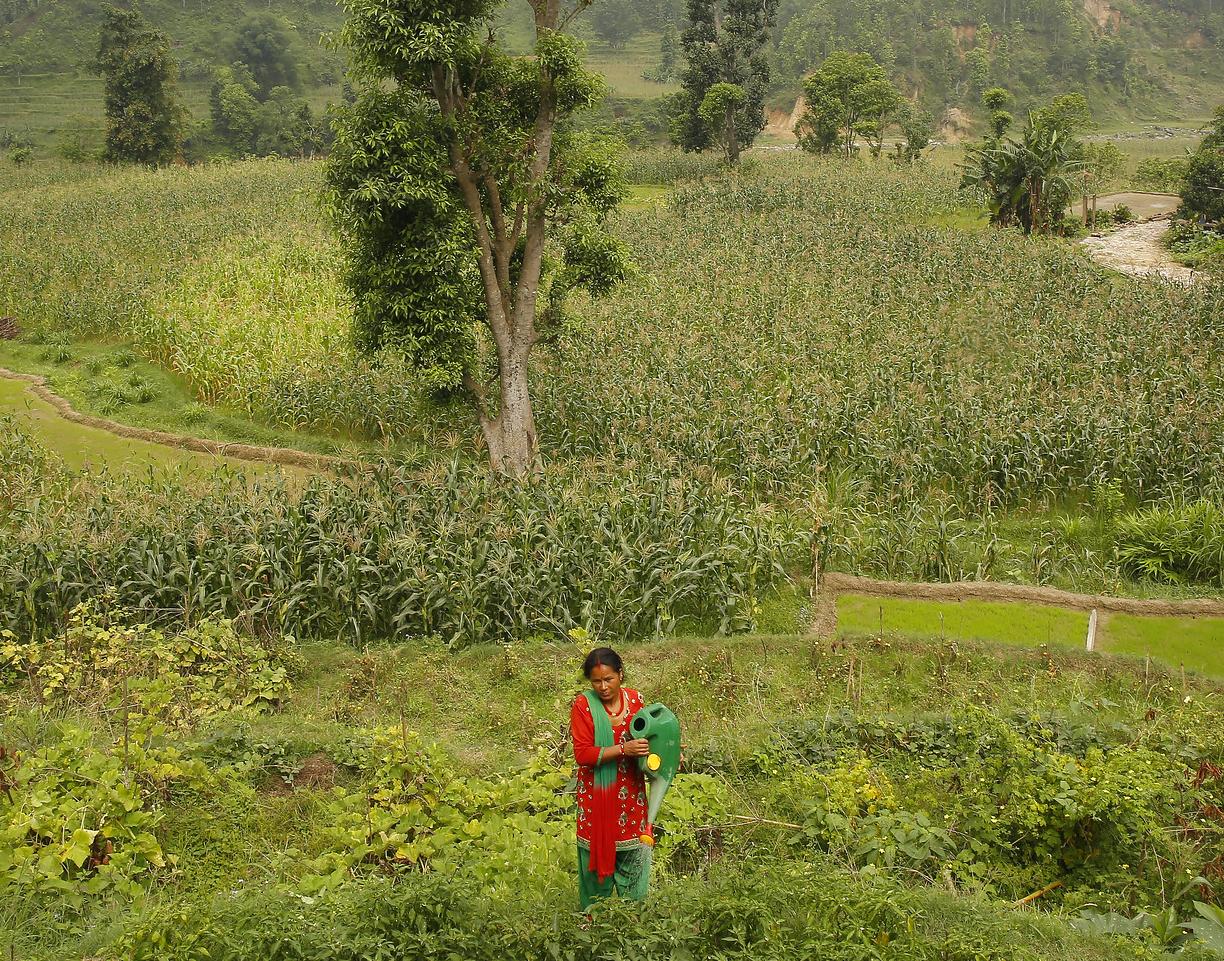When crises hit, not everyone is affected quite the same way. Crises intersect with and exacerbate existing inequalities. Challenges of climate change and its disproportionate impacts on women have been compounded by the recent COVID-19 pandemic, war in Ukraine, and cost-of-living crisis. All of these have had a crippling effect on achieving the Sustainable Development Goals (SDG), especially on SDG 5 on gender equality.
To understand the extent of these impacts and to put in place relevant crises responses and sustain policy action on the SDGs, it’s critical we have a clear picture through gendered statistics.
As of June 2022, we have 42% of the gender data we need to monitor the gender-specific dimensions of the SDGs – up from 26% in 2016, an annual increase of 3 percentage points. Even though we still have a long way to go, this progress should still be celebrated, considering how data collection has been severely affected globally during the pandemic. In May 2020, 90% of National Statistical Offices in low- and lower middle-income countries were struggling to meet international reporting requirements.




